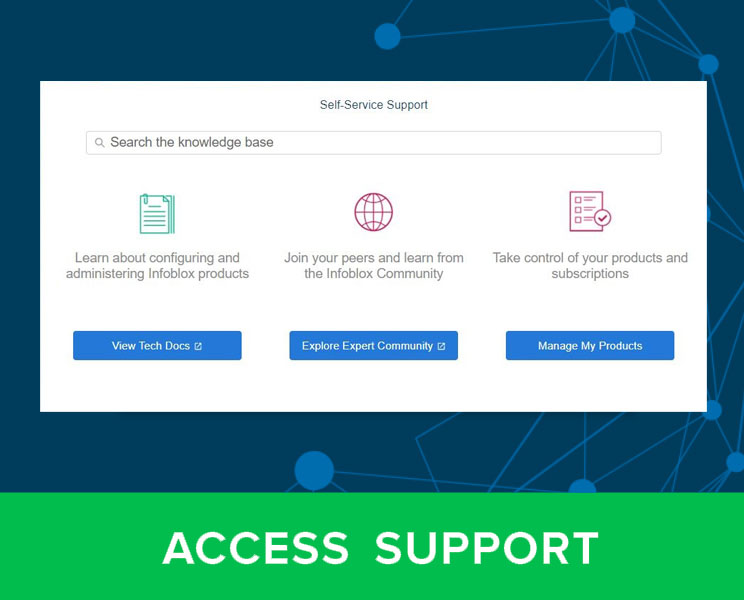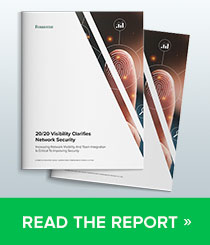Introduction
In today’s digital landscape, cybersecurity is of paramount importance for organizations across industries. With cyber threats evolving and becoming more sophisticated, it is crucial for your business to continually assess its defense strategies and address any identified gaps. In this blog post, we will explore key recommendations from the 2023 SANS Institute survey, “Visibility and Attack Surface,” for bolstering your organizational defense. Let’s dive in!
Proactive Patching
As the report references, one of the fundamental steps to fortify cybersecurity is implementing a rigorous and regular patching strategy. Timely updates and patches should be prioritized across the entire IT infrastructure. By promptly addressing vulnerabilities, your organization can mitigate the risk of exploitation by malicious actors.
Device Visibility
On average, there are two to three devices for every user on a modern enterprise network, making device visibility as invaluable as user data for alert triage, prioritization and investigation. Many legacy security tools are so focused on the ‘user’ that both security and networking teams are continually discovering unsanctioned IoT, Raspberry Pis and other shadow devices. It comes as no surprise that threat actors are increasingly leveraging these visibility gaps in their attacks.
Visibility Plus Continuous Monitoring
The SANS report goes beyond the obvious ‘visibility’ requirement to emphasize the need for continuous monitoring, not just visibility through snapshot reports. The addition of real-time monitoring is vital when it come to detecting and responding to cyber threats early and effectively. Investing in security tools and technologies that provide continuous monitoring can help your security teams identify potential threats before they are exploited. In addition, by implementing automated threat intelligence systems, your organization can support proactive threat hunting and remediation. All of these capabilities ensure that analysts have the most accurate and up-to-date threat information available to make prioritization, triage and remediation faster and more efficient.
Third-Party Risk Management
As your organization increasingly relies on external vendors, partners and affiliates, it is essential that you develop robust third-party risk management processes. By conducting thorough assessments and monitoring the security practices of third-party entities, your organization can prevent external connections from becoming entry points for attackers. Vigilance in managing third-party risks goes hand-in-hand with maintaining a strong security posture.
Security Metrics and Measurement
Before you can accurately evaluate the effectiveness of your defense strategies, you must have a formal metrics program in place. These programs continuously capture a broad range of cybersecurity measurements and KPIs, such as intrusion attempts, mean-time-to-detection, mean-time-to-remediation and dozens more. Identifying areas for improvement based on these metrics empowers your organization to enhance defense mechanisms, stay ahead of potential threats and elevate your security posture.
Social Media Security
Social media platforms have become potential threat vectors that every organization must address. To shut down these growing threats, it is essential that SecOps establishing controls and monitoring mechanisms to track and evaluate security incidents that stem from social media. To maximize protection, your organization must recognize the risks associated with social media usage and implement security measures to protect against social engineering attacks and data leakage.
Employee Security Training:
Employees are key to maintaining a secure environment, particularly due to social media and other topics noted above. By establishing a comprehensive security training program, you can educate your employees about common cyber threats and equip them with best practices for safeguarding sensitive information. In addition, having your security teams perform realistic-looking (but fake) phishing simulations with your entire staff on a regular basis helps all employees recognize and thwart actual phishing attacks when they occur, minimizing the risk of compromise.
Conclusion
In an ever-evolving threat landscape, your organization must continuously strengthen its defense mechanisms to mitigate the risk of cyberattacks. You can significantly enhance your cybersecurity posture by implementing proactive patching, ensuring continuous monitoring and visibility, managing third-party risks, establishing security metrics programs, addressing social media security and conducting employee security training. Remember, cybersecurity is an ongoing process that requires constant vigilance and adaptation. Stay proactive and prioritize cybersecurity to protect your organization’s valuable assets and maintain the trust of your stakeholders.
Learn more
Strengthen your organization’s security measures based on insights from this SANS survey about visibility and attack surfaces. Emphasizing a digital-first approach and cloud adoption, this report equips you with the tools you need to address threat visibility and fortify against phishing attacks.








